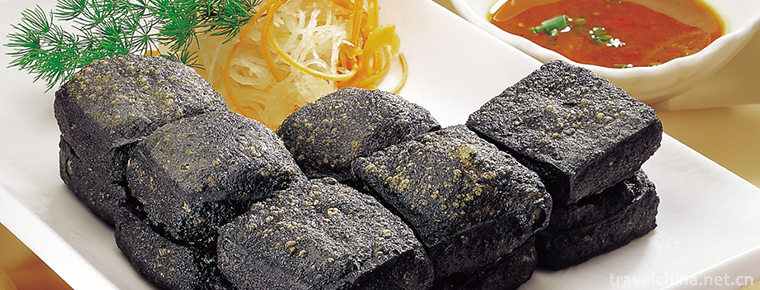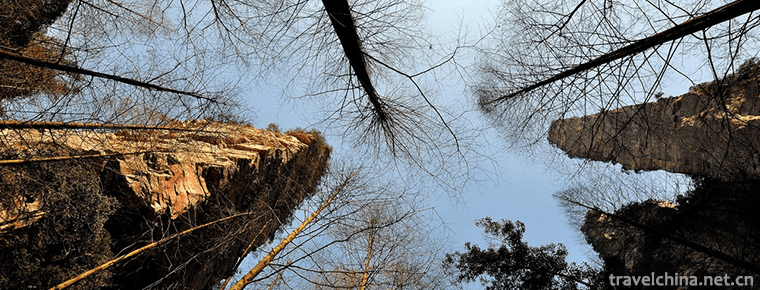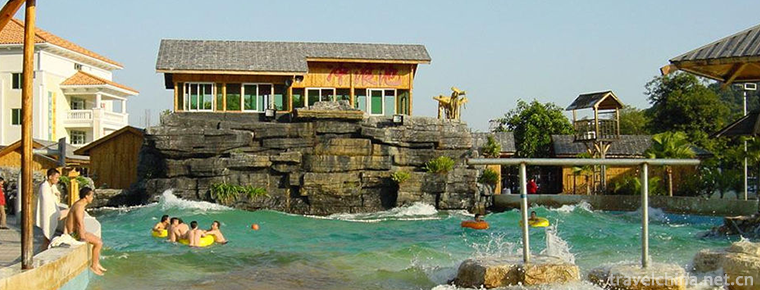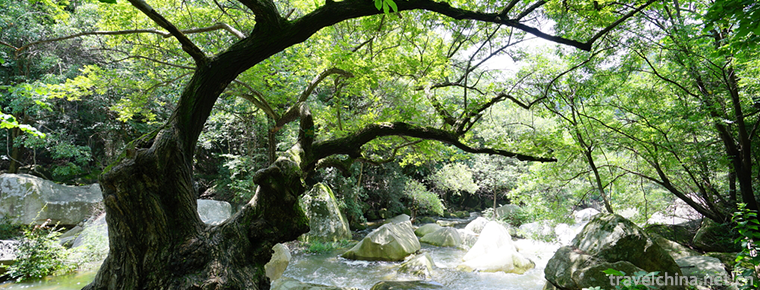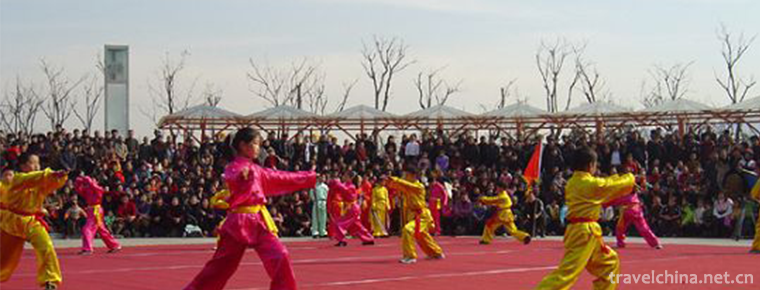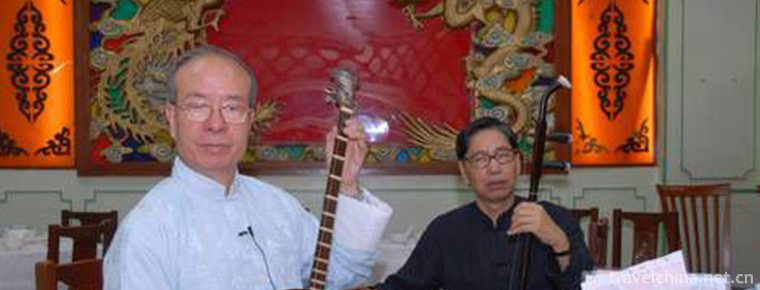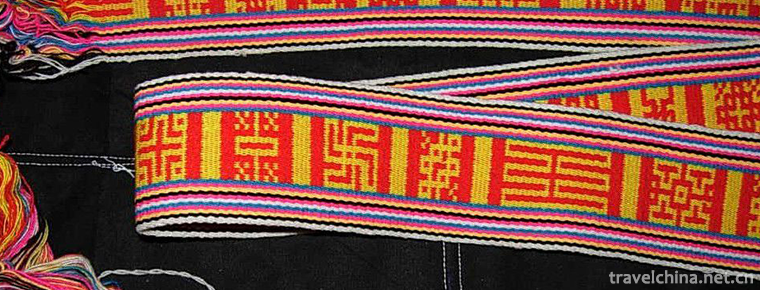Restoration Techniques of Ancient Architecture
Restoration Techniques of Ancient Architecture
Ancient buildings are an important part of historical relics in China. Protecting, restoring and renovating ancient buildings is one of the important tasks in the protection of cultural relics. It is also one of the problems that need to be further studied in architectural design, urban planning and landscape design.
Principles of Restoration and Reconstruction of Ancient Buildings
Like all other historical relics, the value of ancient architecture lies in that it is a legacy of history. It can not be reproduced and rebuilt, and once destroyed, it can not be retrieved. Therefore, the basic principles of cultural relics protection must be followed in the restoration work.
Firstly, the repairing and filling parts should form a whole with the original parts, maintain overall harmony and consistency, and help to restore rather than reduce its artistic and information value.
Secondly, any additional part must be different from the original part, so that people can distinguish what is the restoration of contemporary things and what is the past, in order to maintain the historical continuity of cultural relics and the authenticity of historical and artistic witnesses.
Thirdly, the things formed in different historical periods (including building types, building materials, structural modes, etc.) reflect the traces left in the process of historical development. They have their historical characteristics. When they are repaired, they must preserve the status quo or restore the status quo.
Types of Restoration and Reconstruction of Ancient Buildings
Rehabilitation and protection of ancient buildings take different ways because of different historical values, historical status, building quality, damaged degree and cultural and historical environment of the protected buildings. The ways of repair and improvement are generally divided into three categories.
The first is the most common practice: to restore the original style of the protected buildings as much as possible, or even make them refreshed. This practice is generally used in temples and the former residences of celebrities, etc. The original uses have not been changed or used as visits.
The second is the contrast between the old and the new: emphasizing the traces of the times, so that the repaired parts can be significantly different from the original parts, which is ubiquitous in ancient European buildings, but seldom used in China.
The third type is to use modern space art language to dialogue with existing historical buildings, which has been more and more widely accepted, especially in the process of expansion and reconstruction of ancient buildings, the most successful is the Louvre expansion project.
Material and Technology for Restoration and Reconstruction of Ancient Buildings
To restore ancient buildings, the original materials and techniques should be used, which is the fundamental guarantee for carrying out the principle of restoring cultural relics and doing a good job in restoring them. However, in the current restoration of cultural relics and ancient buildings, there are problems in materials and technology.
Nowadays, the biggest problem in the restoration of ancient buildings is the lack of wood, especially the lack of dry wood, and the lack of large volume of dry wood. China itself is short of forest resources, and the demand for timber in the construction market is very large. It can only be used now, and the moisture content of timber is high. Restoration of ancient buildings is limited by time and funds, and timber can not be bought in advance for natural drying. It is not only difficult to ensure the quality of wet wood used in ancient building restoration, but also very perishable, which is a big problem.
Secondly, bricks and tiles. Bricks and tiles are manufactured building materials. The traditional brick and tile firing process is very strict and exquisite. Nowadays, even if we know this series of traditional processes, no factory will do it according to this process. Because that will increase the cost, the product can not be sold, resulting in the closure of the factory. So the quality of bricks and tiles produced now is much worse than before.
Thirdly, from the technical point of view, since the 1980s, great progress has been made in inheriting and disseminating the traditional technology of ancient buildings, but this does not mean that the quality of the restoration of ancient buildings and cultural relics has been improved. At present, the quality of our ancient construction restoration team is not high and the level is low. The existence of material and technical problems is not only the cause of itself, but also the root of these problems must be found out in order to solve them fundamentally.
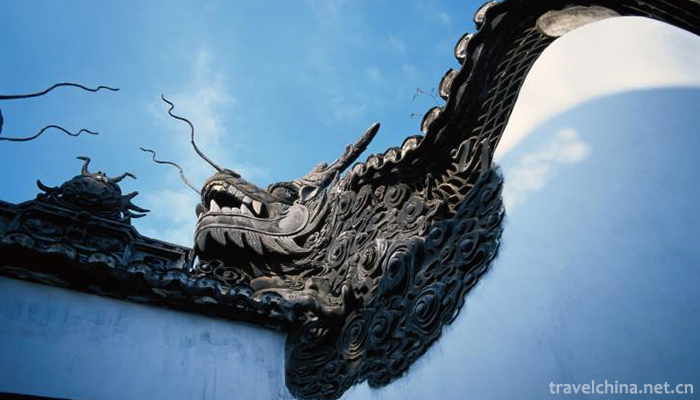
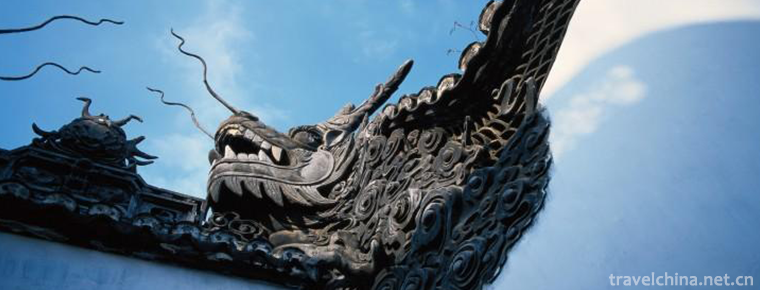
Restoration Techniques of Ancient Architecture
-
Huizhou stinky tofu
The common name of stinky tofu in Huizhou is "Big Dumb and stinky", which is a characteristic traditional snack in Huizhou, Anhui Province.
Views: 218 Time 2018-11-27 -
Guifeng Scenic AreaShangrao City Jiangxi Province
Guifeng Scenic Spot is located in the southwest of Yiyang County, Jiangxi Province, beside 320 National Highway, 311 Highway and Zhejiang-Jiangxi Railway
Views: 187 Time 2018-12-08 -
Anxi Tea Grand View Garden
Anxi Tea Grand View Garden in Quanzhou, Fujian Province is located in Fengguan Mountain on the north side of Fengcheng City. It covers an area of 11 mu
Views: 147 Time 2019-01-02 -
Harbin Jinyuan Cultural Tourist Area
Harbin Acheng Jinyuan Cultural Tourist Area, the capital of Jin Dynasty from 1115 to 1234, is the only well-preserved capital site of Jin Dynasty. Up to now, the Royal City's Wumen Gate and palace bui
Views: 538 Time 2019-01-13 -
Huizhou Seaside Hot Spring Resort
Huizhou Coastal Hot Spring is a large-scale comprehensive resort built according to the national standard of "AAAAAA" scenic spots and five-star hotels. It integrates tourism and vacation
Views: 234 Time 2019-01-19 -
Longtan Valley Ecological Scenic Spot in Xixia
Longtanggou Natural Ecological Scenic Area is located in Shuanglong Town Huashan Village, Xixia County, the hinterland of Funiu Mountains, Henan Province. It is 30 kilometers away from Xixia County
Views: 236 Time 2019-02-25 -
Xue Xiang Snow Township
Snow Township, the full name of "China Snow Township National Forest Park", is located in Changting Town, Hailin City, Mudanjiang City, Heilongjiang Province, China, and belongs to the Dahai
Views: 224 Time 2019-02-27 -
Meishan Wushu
Meishan Wushu is a traditional school of Wushu which is spread in Hunan Province. Xinhua is an ancient and magical land. It has not only nurtured many historical celebrities, but also cultivated Meish
Views: 130 Time 2019-06-03 -
Nanyin Rap
Nanyin rap is a form of rap sung in Guangzhou dialect. It is also a common melody in Cantonese opera and Cantonese opera. It is said that Nanyin rap was developed on the basis of wooden fish and drago
Views: 312 Time 2019-06-07 -
Qiang embroidery
Qiang embroidery evolved and developed on the basis of inheriting the ancient Qiang people's embroidery. Mainly distributed in Wenchuan County, two towns and four townships (Mianfu Town, Weizhou
Views: 122 Time 2019-06-10 -
Xihua University
Xihua University, located in Chengdu City, Sichuan Province, is a provincial key comprehensive university with complete disciplines and multi-disciplinary development. It has been selected as "Ba
Views: 245 Time 2019-08-31 -
Meishan science and technology
In 2019, 80 science and technology projects above the municipal level will be organized and implemented, and 27.73 million yuan of free science and technology project funds will be put in place. In the whole year, 433 patents were applied and 94 patents were
Views: 368 Time 2020-12-18
